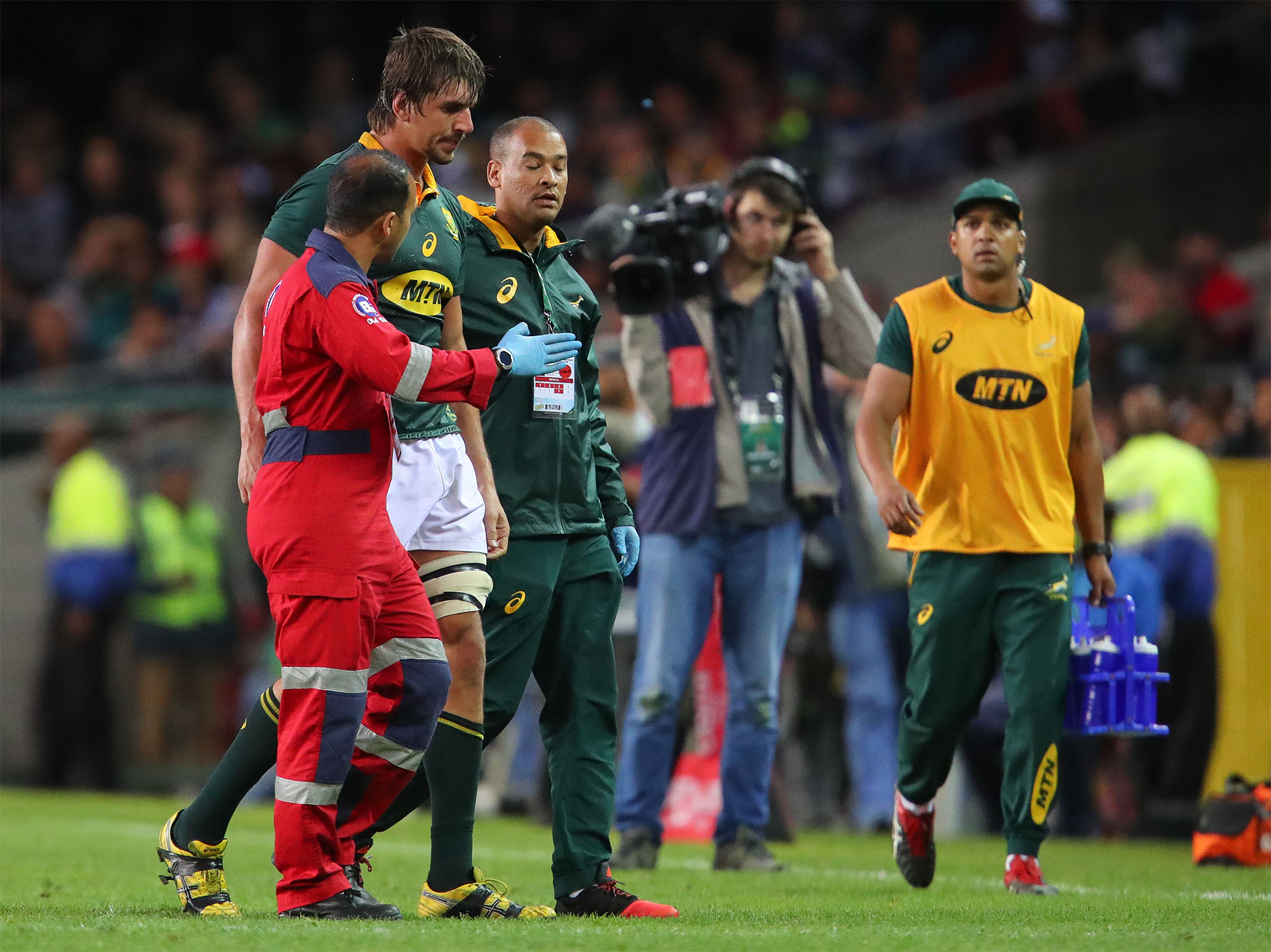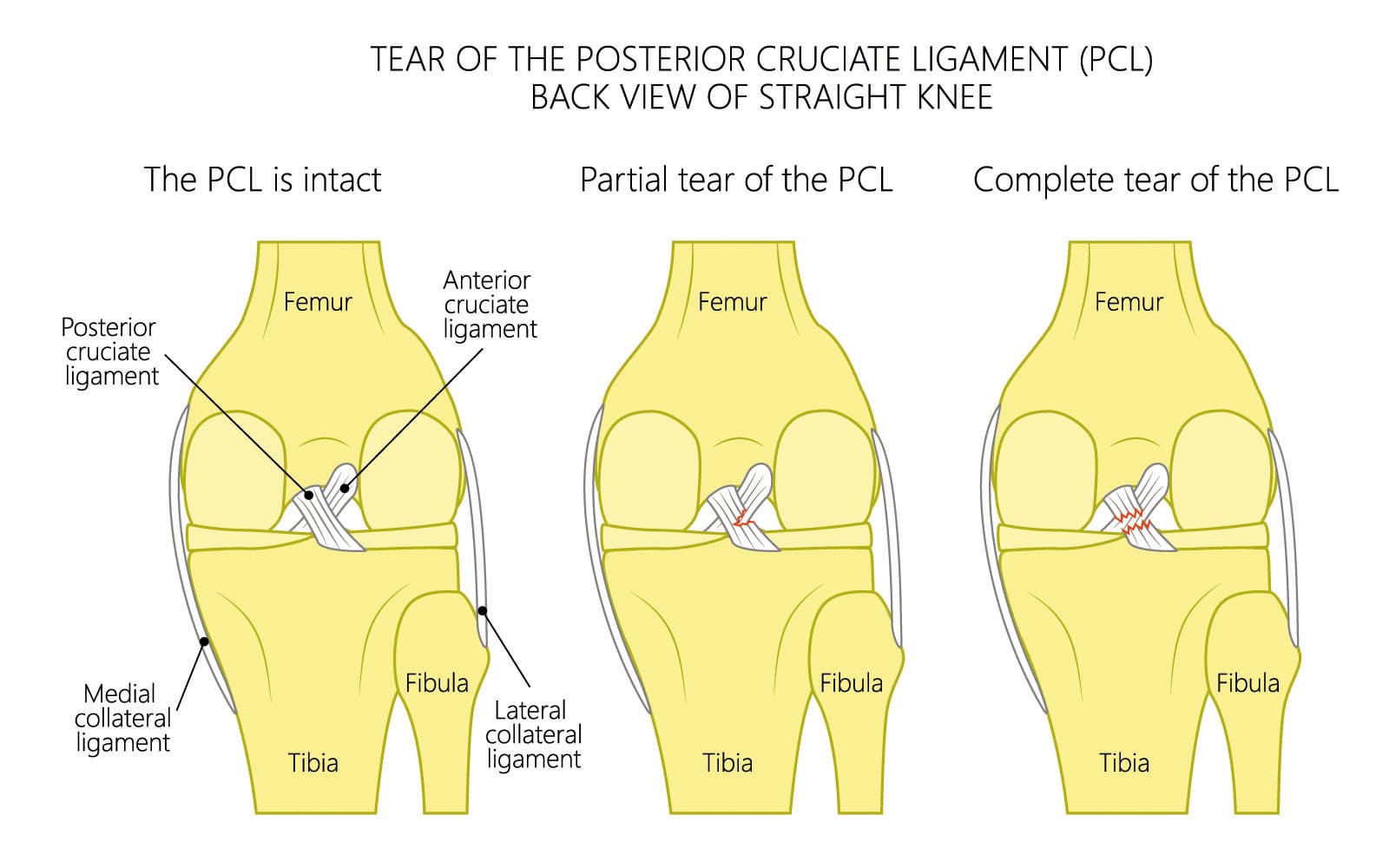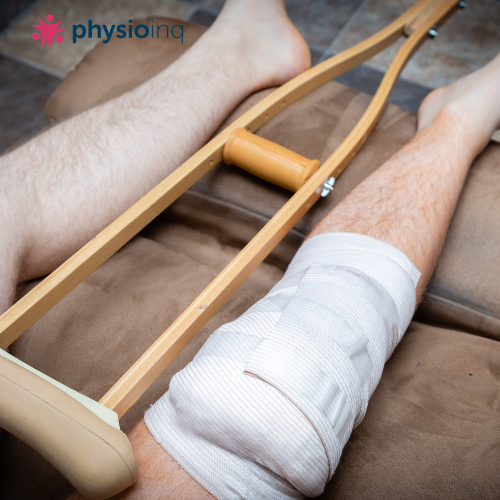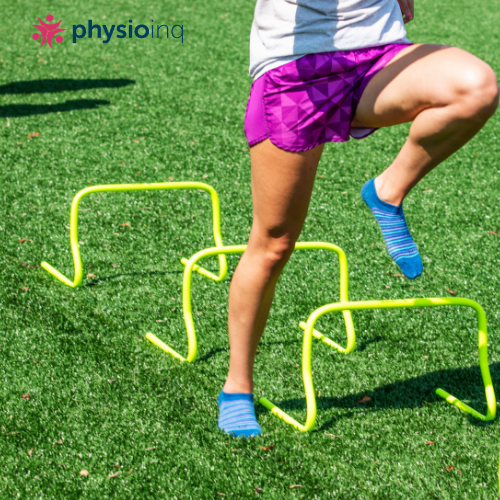
Can You Play Sports After a Torn ACL
Monday, April 1, 2019
A torn ACL or “anterior cruciate ligament” is a painful, yet unfortunately common injury for athletes across many different sports. Some ACL tears require surgery whereas others can be treated through physical therapy. With a recent rise in the number of ACL injuries requiring surgery in children and young athletes, it is important to stay educated and informed on the dangers of ACL injuries, how they occur, and if/when you or your child will be able to play sports after suffering a torn ACL.
How do ACL injuries occur?
The Anterior cruciate ligament is located at the front of the knee and is one of the four major ligaments responsible for stabilizing the knee joint. “Anterior” refers to its location (front of the knee), and “cruciate” or “cross-shaped” refers to the connection the ACL creates, of the femur (thighbone) to the tibia (shinbone). An ACL injury, refers to a tear, sprain, or rupture in the ACL, usually resulting from actions of sudden stopping, pivoting, or changing in direction.
Although not always requiring surgery, if a complete ACL rupture or tear occurs, ligament reconstruction is often the only course of action for athletes looking to compete at the preinjury level.

ACL reconstruction surgery
ACL reconstruction is a common, yet major form of surgery, and is generally needed when the ACL is completely torn. As opposed to being sprained or partially torn, a completely torn ACL will not heal properly on its own and can leave the knee unstable in the future. ACL reconstruction surgery usually uses a tendon or ligament from another part of the body to repair or “reconstruct” the torn or ruptured ACL. This process is known as a “graft”. There are many forms of ACL reconstruction and grafting techniques used to repair a torn ACL. Although non-surgical treatments do exist to regain mobility in the knee, ACL reconstruction, combined with rehabilitation is generally needed to return to playing sports, especially ones that are of high-risk for ACL injuries.
ACL reconstruction sports statistics
Nearly 200,000 ACL reconstructions were performed in Australia from 2000-2015 with 72% percent being sports related. Australian rules football, rugby, soccer, and netball were at the top of the list for having the highest risk of ACL injuries, which were most prevalent in athletes ages 15-24. There has also been a large increase in ACL reconstructions among children ages 5-14. With the average cost of ACL reconstruction being $8,354 for surgery alone, this issue is not only scary for our youth but costly as well.
**With there being strong links between knee injuries and the contraction of degenerative joint diseases such as osteoarthritis, sports injury prevention should always be a priority.
Pros and cons of ACL surgery
Choosing whether or not to undergo surgery for an ACL tear can be a difficult decision as there are many factors to consider. If left untreated, cartilage issues, knee instability, and lack of future functionality can occur. Generally speaking, surgery is recommended for those looking to play sports in the future, but the ability to do so is not guaranteed. ACL surgery can be beneficial by:
- Restoring knee functionality
- Protecting knee cartilage
- Providing support to the ACL
- Potentially allowing one to return to competitive sports
Weighing both the positives and negatives is important as there can be drawbacks to surgery as well. Some of the possible complications that can occur as a result of ACL surgery are:
- Re-rupturing of the ACL
- Knee stiffness
- Infection
- Rejection of the graft
- Loss of range-of-motion
Although ACL surgery can be very effective and successful, just like with any surgery, complications can occur and there are dangers involved. Before opting for surgery, speak to a physiotherapist to get a full breakdown of all of your non-surgical treatment options.
**You can even book a mobile appointment to receive a full range of mobile physiotherapy services at home, your workplace, local gym, or park for your rehabilitation.

Return to sport timeline
The timeline for a return to playing sports after an ACL reconstruction completely depends on the severity of the tear and the individual. On average, returning to sports activity can be accomplished in 4-8 weeks after full range-of-motion is established. Range-of-motion is established over time through rehabilitation exercises, rest, and supervision. Although for many athletes, even after surgery and rehabilitation, a return to sports is not imminent nor guaranteed. In one review, in the “British Journal of Sports Medicine”, it was found that 55% of athletes who underwent ACL reconstruction surgery did not return to competitive sport.
ACL injury prevention
Fast-paced, pivoting, and twisting motions as found in sports like football, rugby, soccer, and netball all put stress on the ACL and increase the chances of injury. Because of this, many prevention programs consisting of warm-up exercises, muscle strengthening, balance, and flexibility have been created to reduce the risk of ACL injuries by up to 51%. These multifaceted “prehabilitation” programs consisting of unorthodox exercise practices such as yoga, plyometrics, and agility drills have been studied and shown to decrease the rate of ACL injuries.
Post ACL Surgery, along with physiotherapists, exercise physiology plays a pivotal role in improving the surgical outcomes for ACL repair. What has been repeatedly demonstrated anecdotally within the Exercise Physiology for people with ACL ruptures, is that those who have undergone good pre-habilitation programs have progressed through their rehabilitation programs ahead of what would generally be expected within documented rehabilitation guidelines. Not only are clients more aware of the technique and types of exercises involved with the early stages of recovery, but they also have a higher level of pre-surgical fitness to aid them in coping with the surgery process, as well as having a base level of muscular strength to support the operated joint through the early stages of recovery.

Get ahead of your injuries!
As we have learned, ACL injuries such as tears are preventable and surgery doesn't always guarantee a return to sport. Make sure to give your body its best opportunity to perform and reduce the risk of injury by seeking out professional advice prior to getting to the point of needing surgery. If surgery is inevitable, we have a team of Sports Physios, Mobile Physios and Exercise Physiologists all across Australia that can help you through the rehabilitation process and get you back to playing sports as soon as possible from your ACL injury or surgery. Book an at home appointment, contact us by phone at 1300 731 733, or find a location nearest to you to get started!
- K.D. Shelbourne (Original study - 1994) Anterior ligament injury. The competitive… [Sports study]
- O. Willis & T. Taylor (2018, Apr.22) ACL reconstructions up more than 70… [Blog post]
- D Zbrojikiewicz... (2018, Apr.23) Increasing rates of anterior cruciate ligament… [Medical study]
- Arthritis Australia… (2017) National Sports Plan Submission 2017 [PDF submission]
- G. Myklebust… (2005) Return to play guidelines after anterior cruciate ligament… [Medical study]
- La Trobe University (2016, Sep.16) ACL injury - is surgery needed to return to… [Blog post]
- J. Mehl… (2018) Evidence-based concepts for prevention of knee… [Medical study]
- Stojanovic MD (2012) Preventing ACL injuries in team-sport athletes… [Medical review]
